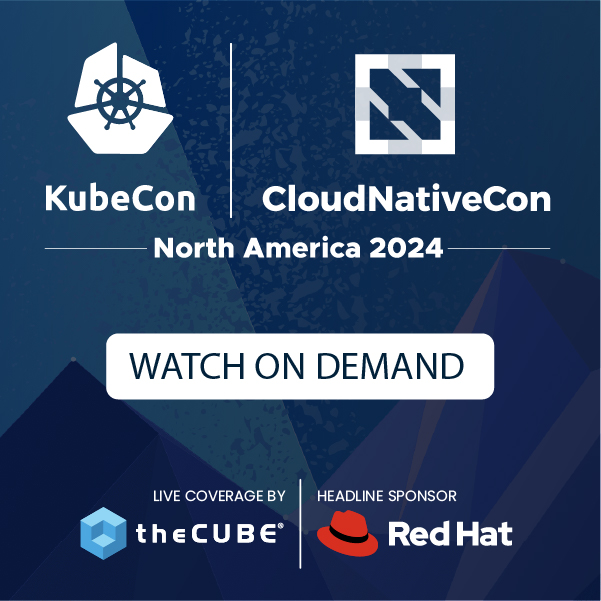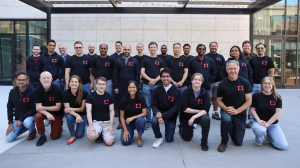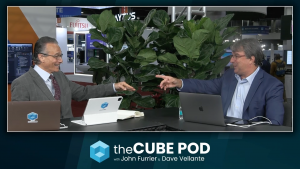HP: Influence, Reach and Popularity Tenuously Connected
![]() I’m a big fan of Bernardo Huberman, director of HP Labs’ Social Computing Lab, and the work of his team. HP has been applying rigorous scientific practices to the study of social media and it has a gold mine of research open to the public.
I’m a big fan of Bernardo Huberman, director of HP Labs’ Social Computing Lab, and the work of his team. HP has been applying rigorous scientific practices to the study of social media and it has a gold mine of research open to the public.
It is worth emphasizing that HP’s studies are designed to the highest scientific standards; they are not isolated case studies or the musings of a "social media expert." They typically involve the study of very large numbers of people and thus they reveal some fundamental aspects of our increasingly online culture, and our common humanity.
The latest study from Dr Huberman and team is on what makes a Tweet or a Twitter user influential. More than 22 million tweets were analyzed and it has led to the creation of the IP Algorithm, which measures the influence and passivity of Twitter users.
Popularity, Influence and Passivity
– Most Twitter users are passive, they do not re-Tweet.
– There is a difference between popularity and influence. High numbers of followers does not equal influence because those followers do not re-Tweet.
– To become influential, Twitter users must somehow persuade their followers to re-Tweet.
To measure influence, the study looked at how much traffic a Tweeted URL received, using the Bit.ly shortening service, which also tracks clicks.
From the paper Influence and Passivity in Social Media – HP Labs Research:
This reveals interesting implications about the relationship between a person’s popularity and the influence she has on other people. In particular, it shows that having many followers on Twitter does not imply power to influence them to even click on a URL.
The Conclusion:
Given the mushrooming popularity of Social Media, vast efforts are devoted by individuals, governments and enterprises to getting attention to their ideas, policies, products,and commentary through social networks.
But the very large scale of the networks underlying Social Media makes it hard for any of these topics to get enough attention in order to rise to the most trending ones.
Given this constraint, there has been a natural shift on the part of the content generators towards targeting those individuals that are perceived as influential because of their large number of followers.
This study shows that the correlation between popularity and influence is weaker than it might be expected.
This is a reflection of the fact that for information to prop-agate in a network, individuals need to forward it to the other members, thus having to actively engage rather than passively read it and cease to act on it.
Moreover, since our measure of influence is not specific to Twitter it is applicable to many other social networks.
This opens the possibility of discovering influential individuals within a network which can on average have a further reach than others in the same medium regardless of their popularity.
Foremski’s Take:
The fact that this study’s findings can be applied beyond Twitter is fascinating, especially applied to the work of PR and advertising firms.
For example: If a PR firm succeeds in placing a story abut a client on a popular news site, it means little in terms of that story being influential and reaching potential customers, investors, or others.
Popularity and influence are two separate issues. Targeting the right media outlets based on influence is more important than the popularity of any one publication.
The same can be applied to online advertising. Advertising agencies buy "numbers" when placing ad buys. But they should be concentrating on targeting in regards to influence.
The HP study shows that there is a significant arbitrage opportunity for those PR and advertising firms that understand the distinction between popularity and influence — and know how to act on it.
[Editor’s Note: Tom cross-posted this on Silicon Valley Watcher. –mrh]
A message from John Furrier, co-founder of SiliconANGLE:
Your vote of support is important to us and it helps us keep the content FREE.
One click below supports our mission to provide free, deep, and relevant content.
Join our community on YouTube
Join the community that includes more than 15,000 #CubeAlumni experts, including Amazon.com CEO Andy Jassy, Dell Technologies founder and CEO Michael Dell, Intel CEO Pat Gelsinger, and many more luminaries and experts.
THANK YOU











